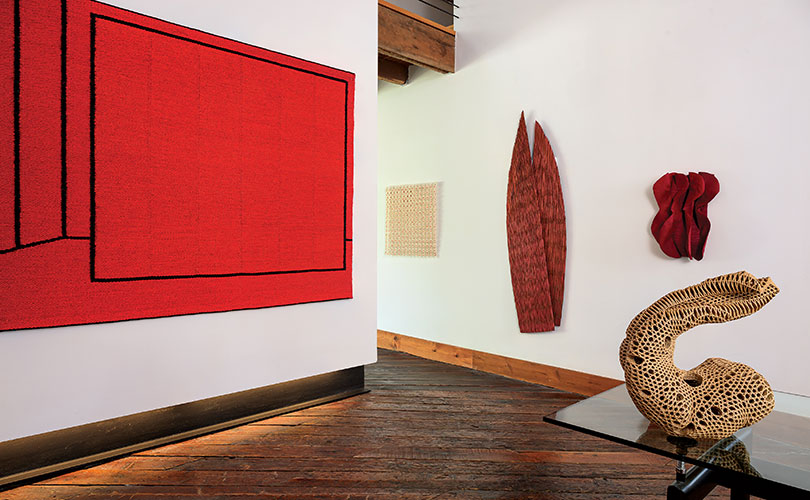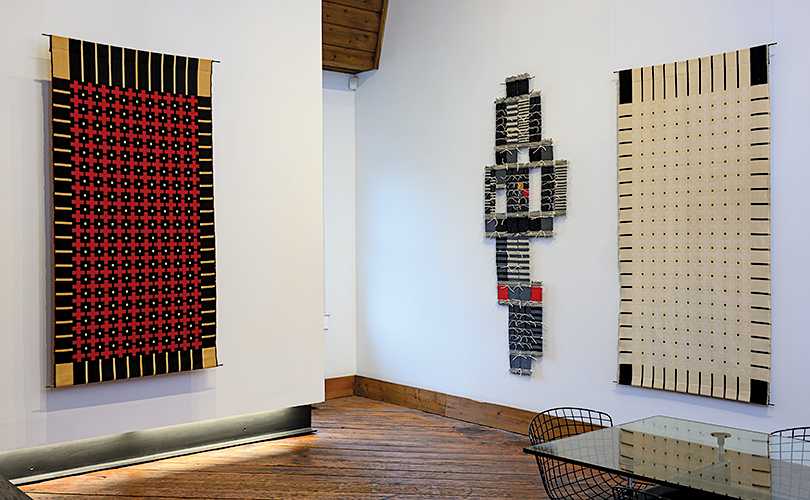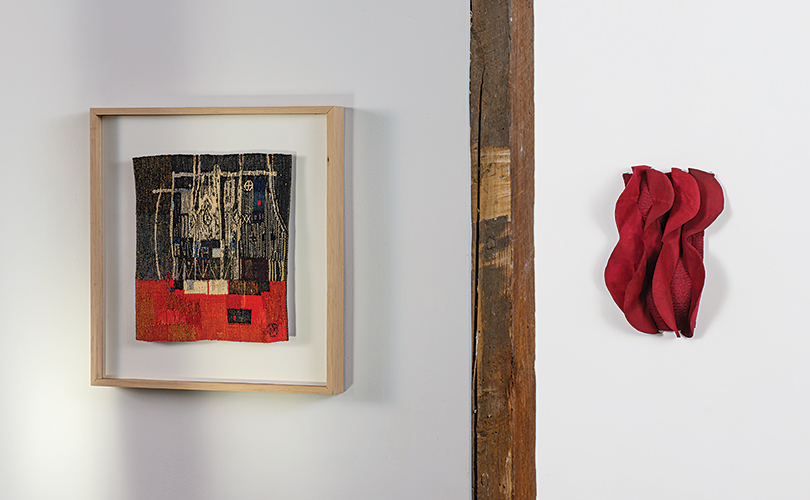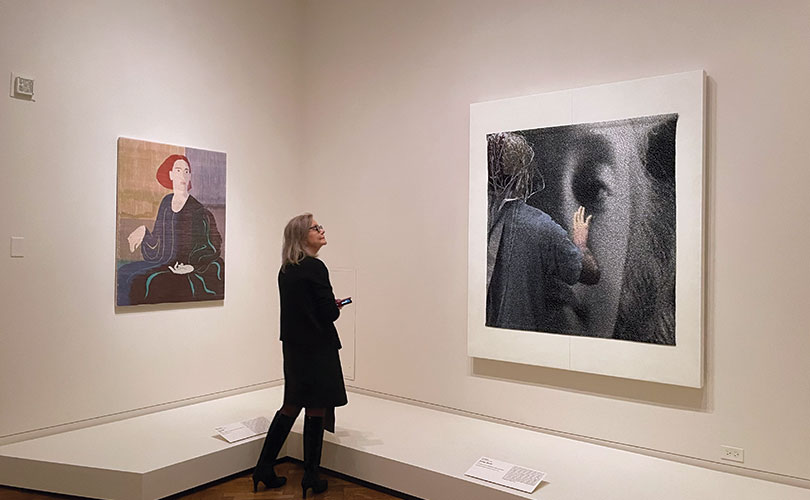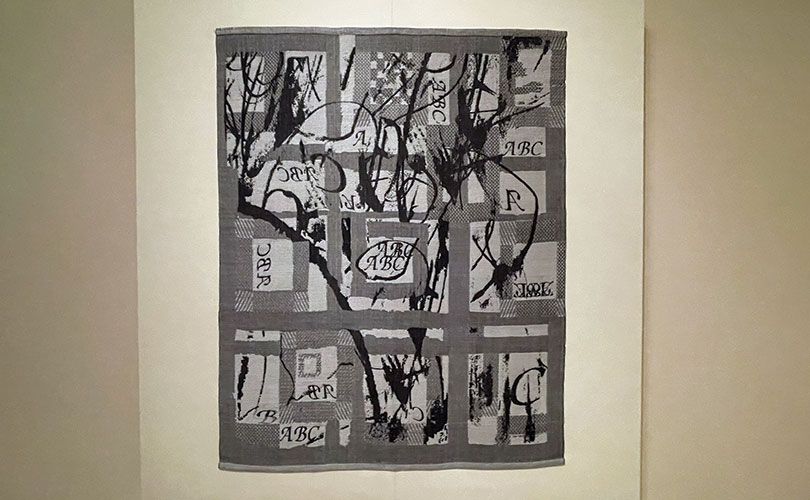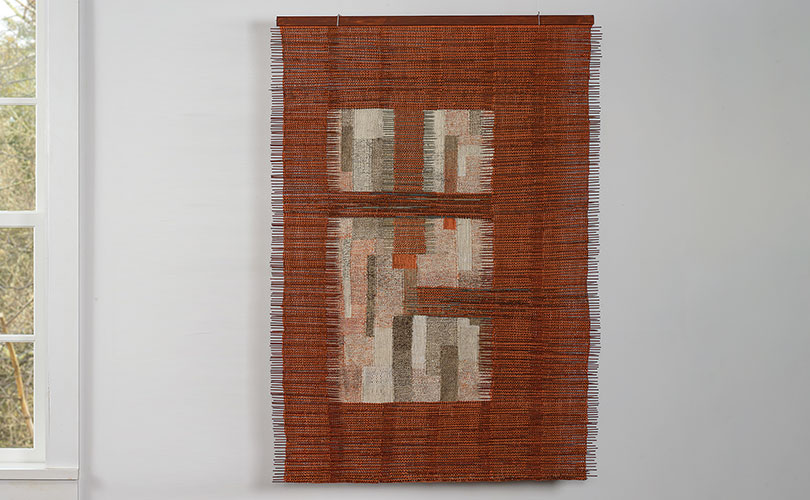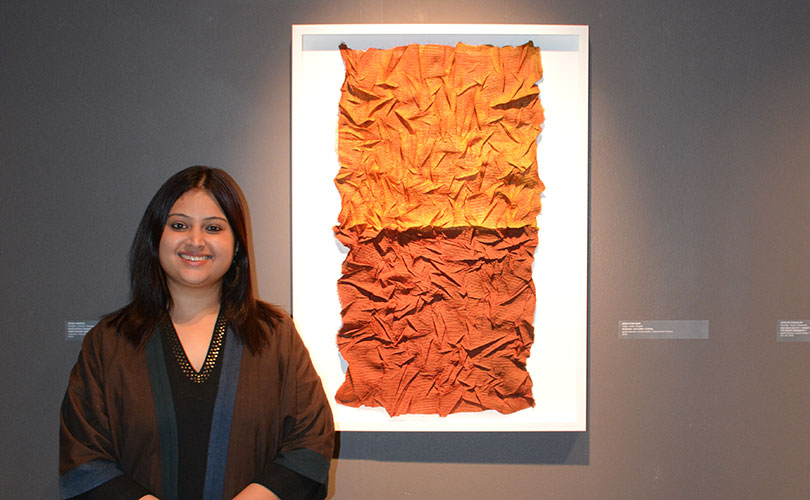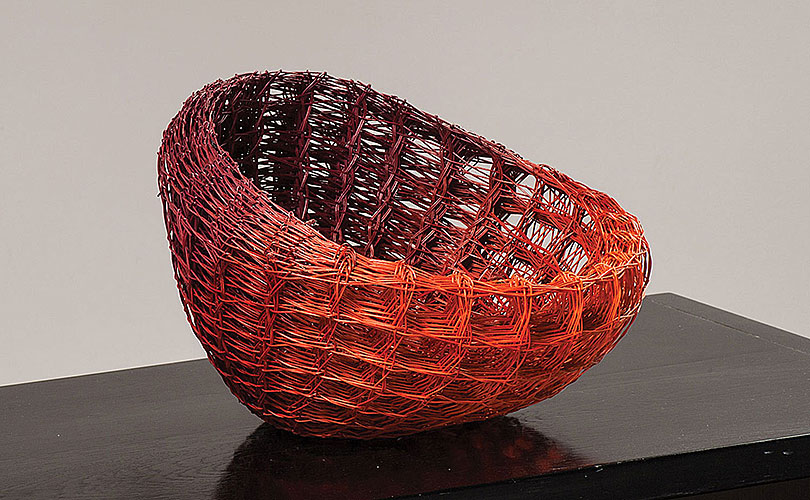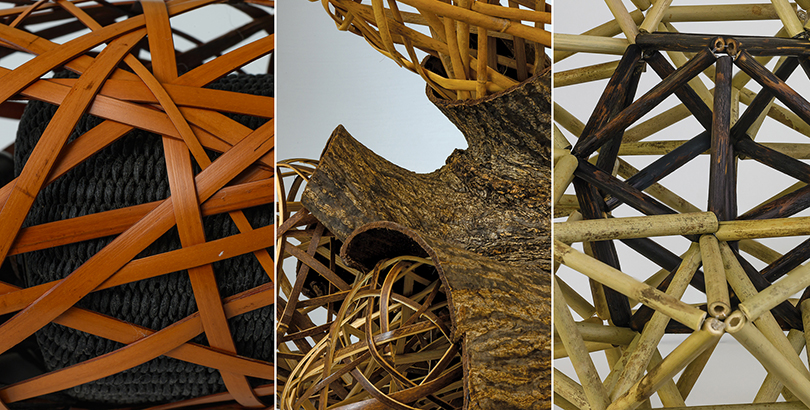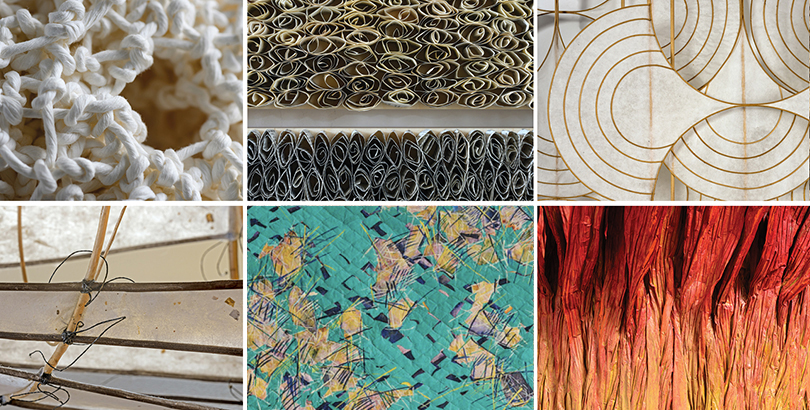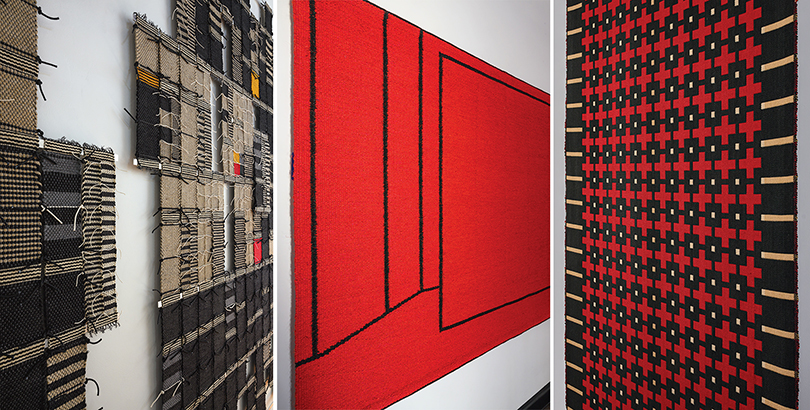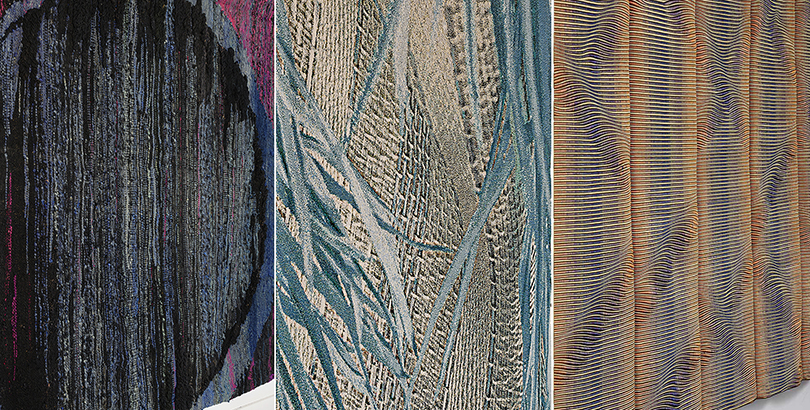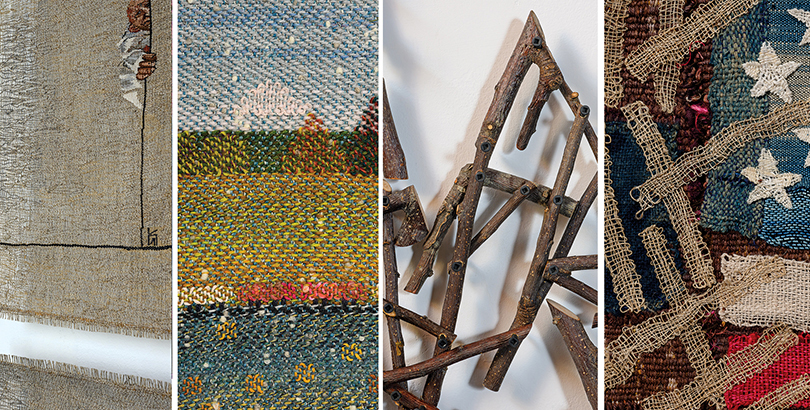Our Spring exhibition, Discourse: art across generations and continents, opens on May 4th and runs until May 12th. It’s worth a trip to Wilton just to see our work by 60+ artists from 20 countries, but if you want to make a day of it, here are suggestions for a few additional venues worth visiting.
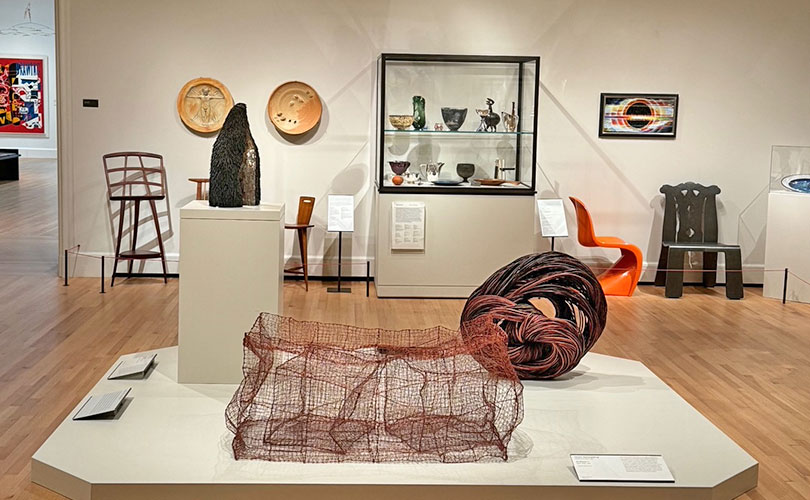
Yale University Art Gallery
Modern and Contemporary Art and Design
3rd Floor
1111 Chapel Street (at York Street)
New Haven, CT
https://artgallery.yale.edu/visit
Selected items from permanent collection are on display through the end of this year. You’ll see work some browngrotta favorites there: Mary Giles, Nancy Koenigsberg, and a recent acquisition by Christine Joy.
Neuberger Museum of Art
Then and Now: Selections from the Collection
Ongoing
Purchase, NY
https://www.purchase.edu/neuberger-museum-of-art/visit
it’s the Neuberger Museum’s 50th anniversary. The Museum has assembled a selection from its permanent collection. It includes a wide range of artists and media from mid-century American to African art, Constructivist art, contemporary Latin American art, Dada and Surrealist objects, and more. You’ll find works by Milton Avery, Romare Bearden, Alexander Calder, Stuart Davis, Helen Frankenthaler, Marsden Hartley, Edward Hopper, Georgia O’Keeffe, Louise Nevelson, Jackson Pollock, Hedda Sterne, Rufino Tamayo, Max Weber, and Zao Wou-Ki alongside objects by living artists including Chakia Booker, the Guerrilla Girls, and Judy Pfaff.
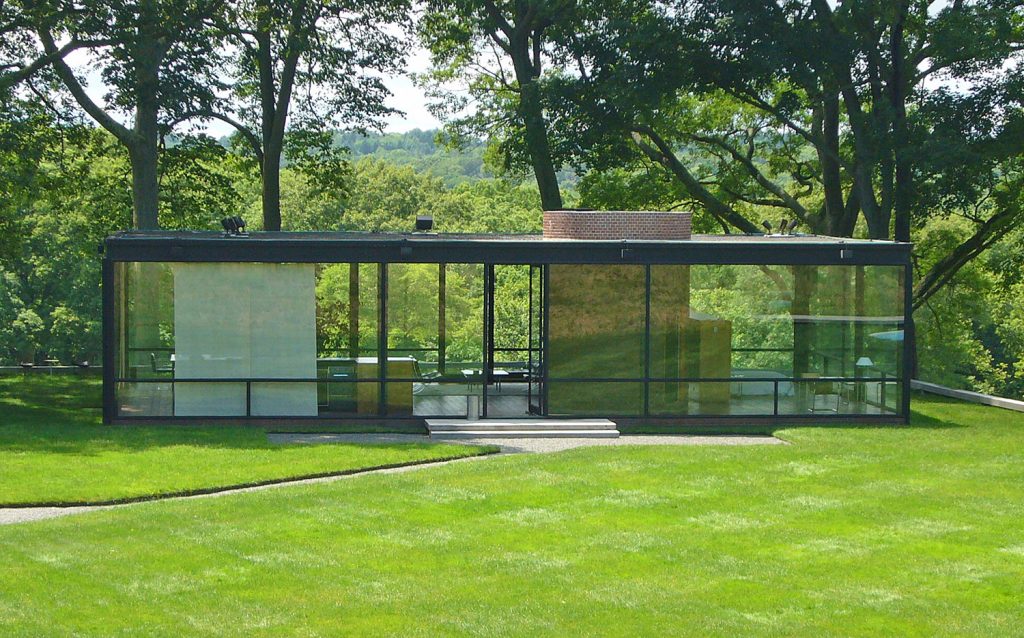
The Glass House
Shigeru Ban: The Paper Log House
through December 15, 2024
New Canaan, CT
https://theglasshouse.org/visit/
Shigeru Ban: The Paper Log House at The Glass House marks the first time in six years that the innovative house is on display in North America. In collaboration with The Irwin S. Chanin School of Architecture of The Cooper Union, 36 architecture students gained hands-on experience assembling the Pritzker Prize-winning architect Shigeru Ban’s Paper Log House, a 14 by 14-foot enclosure made of paper tubes, wood and milk crates deployed to provide temporary housing for victims of disaster across five continents over the last 30 years. The students fabricate dthe components at The Cooper Union then assembled the paper Log House on the grounds of The Glass House.

Bruce Museum
1 Museum Drive
Greenwich, CT 06830-7157
https://brucemuseum.org/whats-on/gabriel-dawe-plexus-no-43
Stop by and see Gabriel Dawe’s highly intricate Plexus No. 43 thread installation and the new and enormous King Nyani gorilla sculpture by Gillie and Marc Schattner.
Then join us at Discourse: art across generations and continents at browngrotta arts, 276 Ridgefield Road, Wilton, CT 06897. 203 • 834 • 0623.

